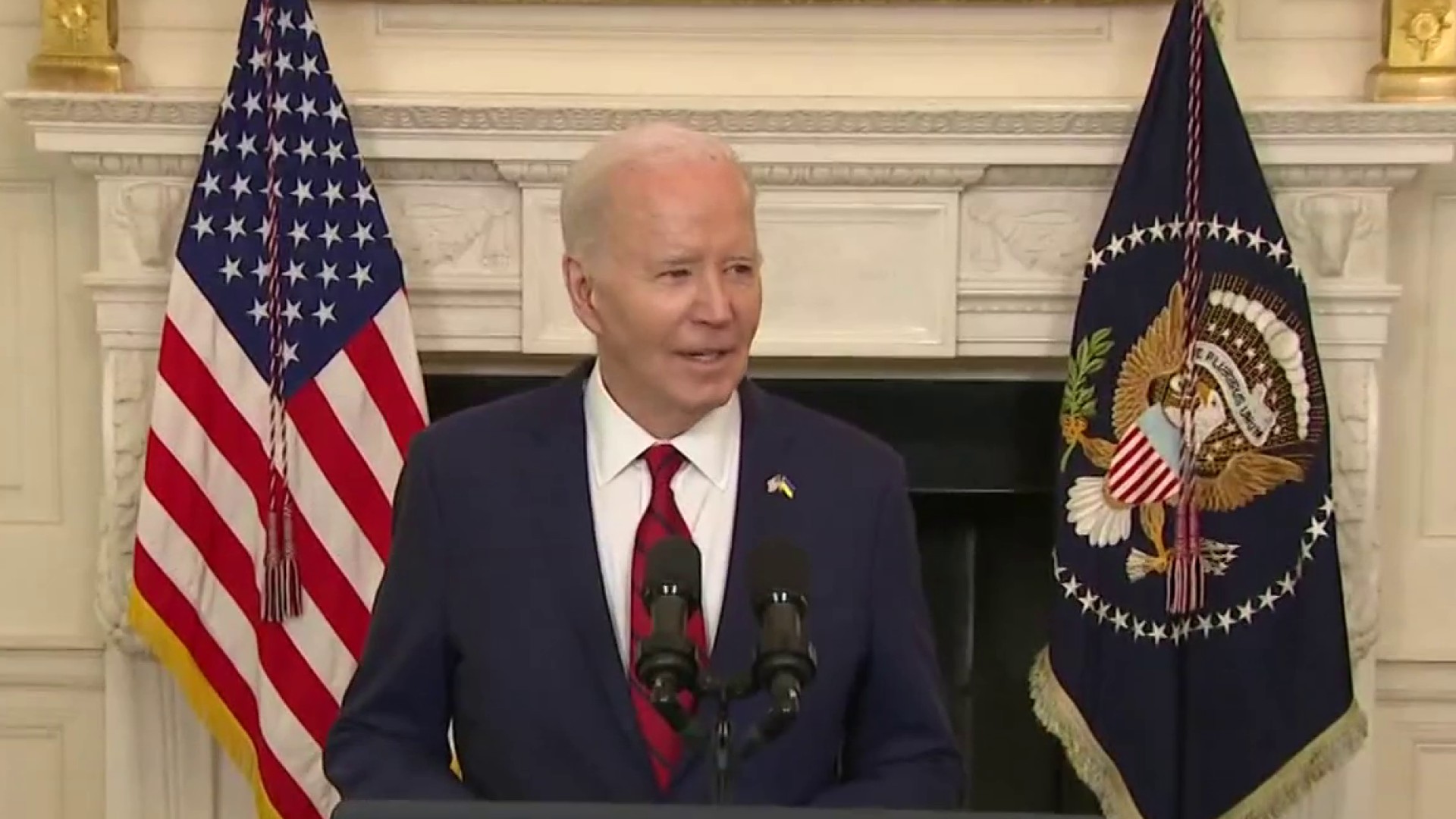UPDATE, April 25: An account has been set up to help raise funds to ship the remains of the victims to El Salvador for burial:
BB&T Bank
Account is under Iglesia Pentecostal Torre Fuerte
Account Number: 0159-4545-25
Five people have died of apparent carbon monoxide poisoning in Oxon Hill, Md.
The victims were found Tuesday morning in a home in the 700 block of Shelby Drive.
There is “no indication of anything other than a tragic loss, here, tragic accident,” said Prince George's County Fire Chief Marc Bashoor on Tuesday afternoon.
The exhaust pipe from the furnace had holes, News4's Pat Collins reported, so the gas was not released through the chimney, escaping into the house instead. The home had no carbon monoxide detectors.
Neighbors last saw some of the residents outside around 5 p.m. Monday.
Marvin Chavez, whose father and stepmother lived in the home, became concerned Tuesday morning when he called and no one picked up the phone. He visited the home around 10:45 a.m. and called 911 after finding two unconscious men near the entrance of the home, said Mark Brady, chief spokesperson of Prince George's County Fire and EMS.
Rescue workers tried to revive those two men. Other rescuers went further into the home, where they found three more unconscious people in various rooms.
Although initial reports indicated the victims were four men and one woman, authorities now say the deceased are three men and two women.
Marvin Chavez said he had seen his father, 57-year-old victim Oscar Chavez on Monday night. The home was owned by Marvin's stephmother, 54-year-old Sonia Chavez, who also is among the deceased, News4's Erika Gonzalez reported. Sonia Chavez was a baker for Giant and had recently had back surgery.
The other woman who died was her 57-year-old sister Nora Leiva, who had traveled to the area to help care for her.
The deceased renters were Francisco Segovia, 33, and Nelson Landaverde, 44. Landaverde's sister-in-law said he worked at a car wash to send money home to his wife and two children.
Local
Washington, D.C., Maryland and Virginia local news, events and information
The victims were from El Salvador, Gonzalez reported.
HOW IT HAPPENED
Carbon monoxide levels in the home were "extremely high," said Brady, at about 560 parts per million (ppm). Even levels near the front door were 140 ppm.
Normal levels are 0 to 5 ppm, and 30 ppm over an extended period of time is deadly.
"CO will kill over time," Bashoor said. "It’s not an instant killer, but builds up in your system. At 500 ppm, it would probably build up fairly quickly."
The gas is odorless and colorless. “It will quickly make you disoriented so the decisions you make are greatly affected by CO," he said. “...The reality is these people were apparently affected very quickly by the CO.”
The one-story single family home is about 1,900 square feet, and in a small home, the gas would have built up quickly. "At that high a level of CO... it would not take them long to be overcome and suffer fatal injuries," Brady said.
The heating system apparently had an old piping system that had not been well-maintained. An early investigation indicates the flue -- pipes coming out of the top of the house rather than a chimney -- had rusted, allowing carbon monoxide to be emitted inside the home.
Last night's cold weather likely led the residents to turn on the heating system. The thermostat indicted the heating system was on, Bashoor said.
"Carbon monoxide detectors would have picked up the problem very early and alerted them to get out of the house," Bashoor said.
Routine service to the heating system would also have caught a problem, he said, noting that most of the houses in the neighborhood were built in the 1950s and likely have older heating systems.
"In both of these cases, we probably could have averted this tragedy," he said.
Prince George's County Fire and EMS workers had been through this neighborhood several times, warning people of the dangers of CO, although there were no records of whether anyone had stopped at this particular home.
"This is not our first time being in the South Lawn neighborhood," he said, noting that they'd been on four calls for possible carbon monoxide in recent months. However, he said the number of calls is not uncommon in an older neighborhood.



